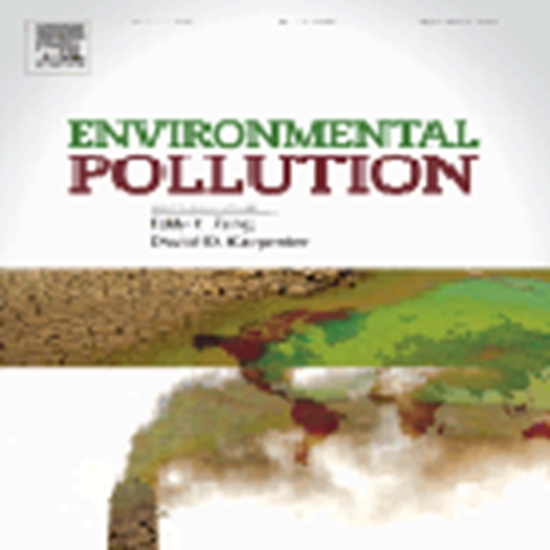Adverse effects of polystyrene nanoplastic and its binary mixtures with nonylphenol on zebrafish nervous system: From oxidative stress to impaired neurotransmitter system
Micro(nano)plastics generally co-exist with other chemicals in the environment, resulting in inevitable interaction and combined toxic effects on biota. Nevertheless, little is known regarding the interaction of nanoplastics (NPs) with other co-occurring insults. Hereby, we investigated single and combined effects of chronic exposure (45 days) to polystyrene nanoplastic particulates (PS-NPs) and nonylphenol (4-NP) on zebrafish nervous system.

Micro(nano)plastics generally co-exist with other chemicals in the environment, resulting in inevitable interaction and combined toxic effects on biota. Nevertheless, little is known regarding the interaction of nanoplastics (NPs) with other co-occurring insults. Hereby, we investigated single and combined effects of chronic exposure (45 days) to polystyrene nanoplastic particulates (PS-NPs) and nonylphenol (4-NP) on zebrafish nervous system. Multiple biomarkers concerning with oxidative-stress [catalase (CAT) activity and reduced glutathione (GSH) level], cholinergic system [Acetylcholinesterase (AchE) activity], glutamatergic system [glutamine synthetase (GS) and glutamate dehydrogenase (GDH) activities], energy metabolism [a-ketoglutarate dehydrogenase (a-KGDH) activity], and histological alterations were assessed. Both single and binary exposure to PS-NPs and 4-NP induced oxidative stress through reducing CAT activity and GSH level, in which a more sever effect was noticed in combined exposure. The AchE activity was significantly inhibited only in single treatment groups demonstrating antagonistic interaction between PS-NPs and 4-NP. Effects on GS activity was also alleviated in binary exposure as compared with single exposure to each contaminant. In addition, an increase in GDH activity was noticed in PS-NPs at 10 and 100 μg/L, and simultaneous presence of PS-NPs and 4-NP with a greater response were observed in combined treatments. PS-NPs and 4-NP either in separate or binary mixtures disrupted energy metabolism by deficiency of α-KGDH activity; however, co-exposure to PS-NPs and 4-NP induced more intense adverse impacts on this parameter. Furthermore, histological analysis revealed that 4-NP and PS-NPs, alone or in combination, reduced neural cells. These findings provide new insight into the neurotoxic effects of binary exposure to PS-NPs and 4-NP at environmentally relevant concentrations. Overall, our findings raise concerns about the presence and toxicity of nano-scale plastic particulates and highlight the importance of investigating the interaction of Micro(nano)plastics with other environmental irritants.




ارسال نظر